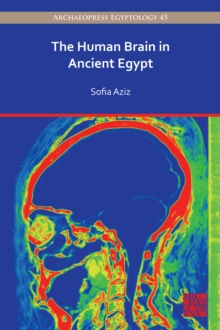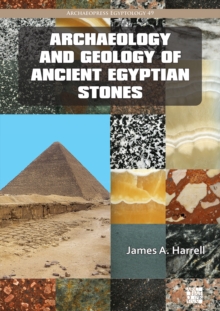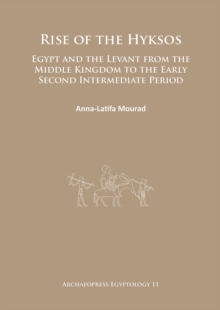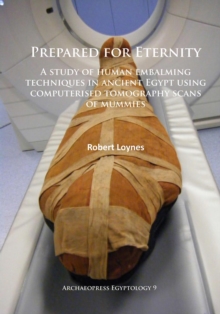
Royal Statues in Egypt 300 BC-AD 220 : Context and Function PDF
by Elizabeth Brophy
Part of the Archaeopress Egyptology series
- Information
Description
The aim of this book is to approach Ptolemaic and Imperial royal sculpture in Egypt dating between 300 BC and AD 220 (the reigns of Ptolemy I and Caracalla) from a contextual point of view.
To collect together the statuary items (recognised as statues, statue heads and fragments, and inscribed bases and plinths) that are identifiably royal and have a secure archaeological context, that is a secure find spot or a recoverable provenance, within Egypt.
This material was used, alongside other types of evidence such as textual sources and numismatic material, to consider the distribution, style, placement, and functions of the royal statues, and to answer the primary questions: where were these statues located?
What was the relationship between statue, especially statue style, and placement? And what changes can be identified between Ptolemaic and Imperial royal sculpture?From analysis of the sculptural evidence, this book was able to create a catalogue of 103 entries composed of 157 statuary items, and use this to identify the different styles of royal statues that existed in Ptolemaic and Imperial Egypt and the primary spaces for the placement of such imagery, namely religious and urban space.
The results, based on the available evidence, was the identification of a division between sculptural style and context regarding the royal statues, with Egyptian-style material being placed in Egyptian contexts, Greek-style material in Greek, and Imperial-style statues associated with classical contexts.
The functions of the statues appear to have also typically been closely related to statue style and placement.
Many of the statues were often directly associated with their location, meaning they were an intrinsic part of the function and appearance of the context they occupied, as well as acting as representations of the monarchs.
Primarily, the royal statues acted as a way to establish and maintain communication between different groups in Egypt.
Information
-
Download Now
- Format:PDF
- Pages:170 pages
- Publisher:Archaeopress Publishing Ltd
- Publication Date:31/07/2015
- Category:
- ISBN:9781784911522
Other Formats
- Paperback / softback from £33.64
Information
-
Download Now
- Format:PDF
- Pages:170 pages
- Publisher:Archaeopress Publishing Ltd
- Publication Date:31/07/2015
- Category:
- ISBN:9781784911522



